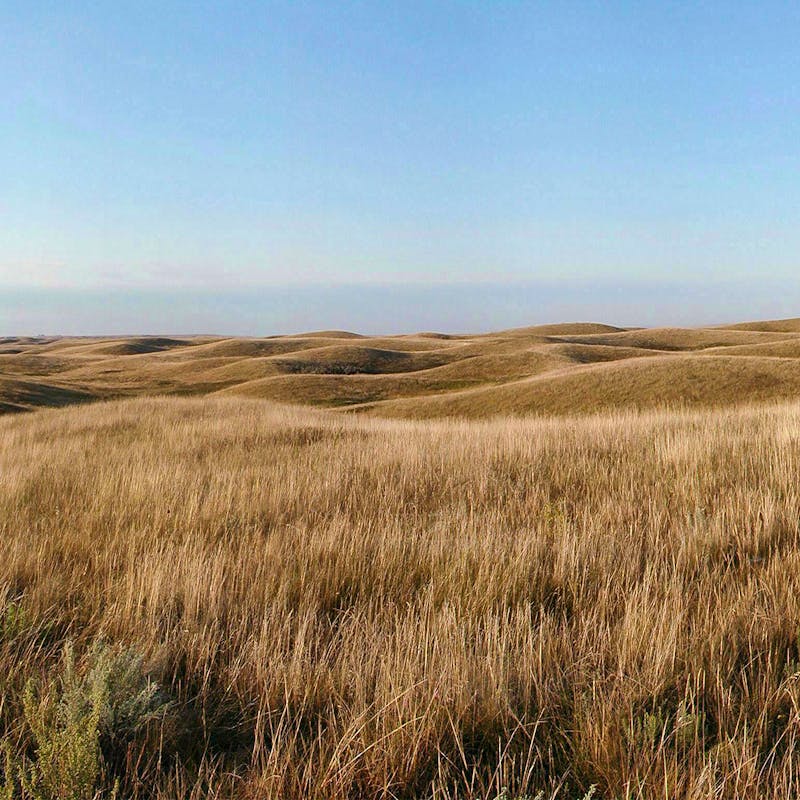Tweet“We have long been concerned about the ecological decline of public lands and the associated loss of habitats for at-risk species like the black footed ferret and pygmy rabbit. This is an invaluable opportunity for the BLM to rebalance its priorities and safeguard habitats for wildlife that are trending toward extinction, so that they not only exist but thrive in the future.”
Today, the Bureau of Land Management (BLM), the federal agency that manages one in 10 acres of land in the U.S., issued a draft rule intended to modernize the agency’s tools and strategies for managing these vast lands.
“We have long been concerned about the ecological decline of public lands and the associated loss of habitats for at-risk species like the black footed ferret and pygmy rabbit,” said Vera Smith, senior federal lands policy analyst with Defenders of Wildlife. ”This is an invaluable opportunity for the BLM to rebalance its priorities and safeguard habitats for wildlife that are trending toward extinction, so that they not only exist but thrive in the future.”
More than 300 threatened and endangered species live on BLM lands and about 85 of those occur mainly on BLM lands. A majority of BLM managed lands are in at-risk ecosystems, according to the International Union for Conservation of Nature. Public lands entrusted to the care of the BLM are under increasing stress from climate change, energy development, weed invasions, recreation, drought and livestock grazing, and we are losing native habitats every year at a pace faster than we can recover them.
Background:
• With climate change, more acres are burning every year and vulnerable to major weed invasions (which in turn increase fire risk). BLM does not have adequate native seed and infrastructure to restore the native ecosystems.
• The historic, heavy emphasis on energy development caused substantial loss of wildlife habitat. For instance, over 20% of sagebrush habitat (habitat for sage-grouse, pygmy rabbits, Brewer’s sparrows and other imperiled species) in the Rocky Mountain states is affected by oil and gas fields.
• Cheatgrass and invasive weeds have substantially altered over 52 million acres (21%) of BLM managed lands and continue to spread across the landscape.
• BLM data shows that landscapes are not meeting baseline thresholds for ecosystem health. Within the Sagebrush Sea, 35% of BLM livestock allotments are not meeting public land health standards and 24% of BLM livestock allotments have never been evaluated.
For over 75 years, Defenders of Wildlife has remained dedicated to protecting all native animals and plants in their natural communities. With a nationwide network of nearly 2.1 million members and supporters, Defenders of Wildlife is a leading advocate for innovative solutions to safeguard our wildlife for generations to come. To learn more, please visit https://defenders.org/newsroom or follow us on X @Defenders.
Media Contact
News

Fish and Wildlife Service Misguided in Rescinding Vital Strategic Growth Policy for the National Wildlife Refuge System





